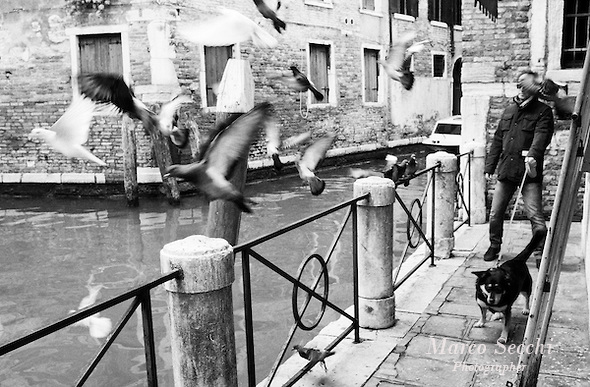On the obsession of Dept of Field
/
I'm in a good mood generally, and not going to rant, but sometimes I get the impression that some photos have super shallow DOF because the photographer can get it, regardless of artistic value or purpose.That kinda reminds me of a friend of mine an excellent Scottish Musician that he told me that an awful lot of (usually younger) players, seem to think that playing fast is an accomplishment worthy of wonder in itself.It just isn't music... as shallow DOF sometimes isn't photography.
Consider the irony here. For most its history, among the greatest technical challenges of photography was obtaining even adequate depth of field. From extreme lens movements to big lights, tiny apertures, long exposures, and multiple flash pops, photographers bent over backwards simply to get enough of their subject into focus.
As is often the case, people tend to follow trend so if shallow DOF is "in" then masses are going to follow until something else takes it's place. With more dof, one has to take more care "Arranging all those in-focus elements into coherent form".......definetly adds to the challenge of the shot and I suppose brings out the additional skills of the photographer.
How did we go on before "fast lenses"......we either accepted the BG or simply didn't take the shot!
These days, it's that for "professional looking" photographs they should buy fast lenses and then use them at their widest apertures. I've begun hearing them criticize slower lenses and smaller sensors for their lack of "depth of field control." That term once meant something more subtle now it seems to have become merely shorthand for "Right, let's see how shallow this thing can focus." It's all about blur, baby, blur!
Really low DoF does get tired quickly but a lot of portraits wouldn't be the same without it. When looking through some sets of photos I can't help but think "Yeah, alright, you have bought a 1.4 lens, I get it"
The current photography hobbyist obsession seems to regard minimal depth of field as a hallmark of a memorable image, some of us relics from the film age might argue pretty much the opposite. The richest photos the ones we return to again and again, seeing more each time most often work in layers. They show more rather than less, taking in the full spatial depth of our world rather than just one razor-thin slice of it.










